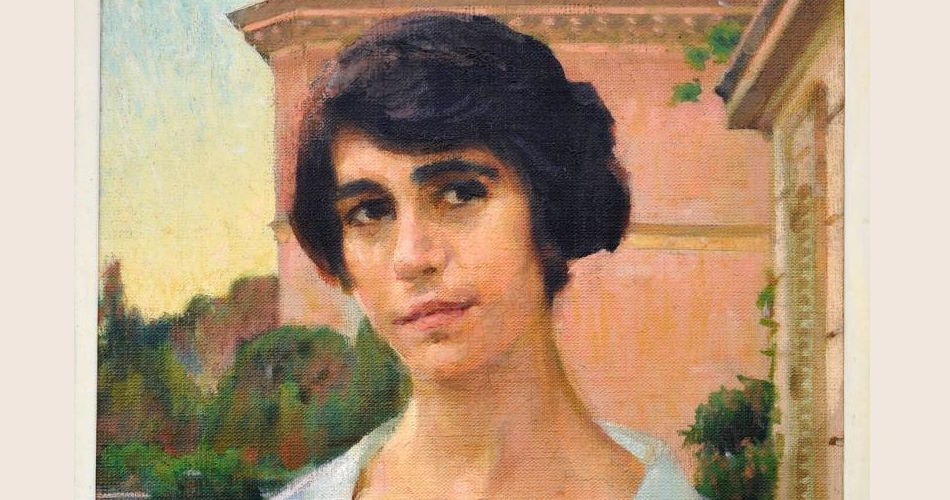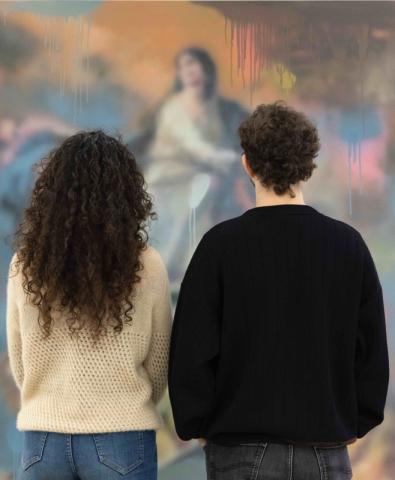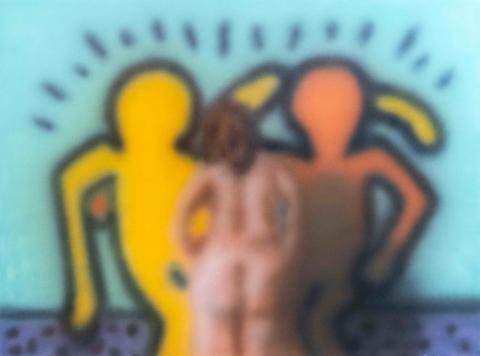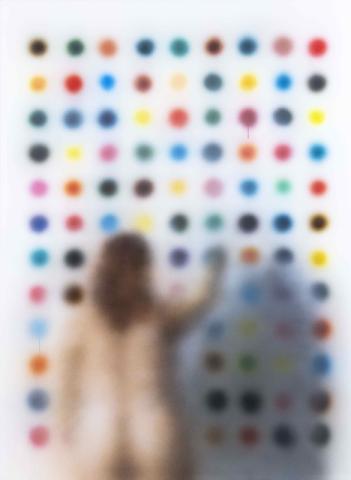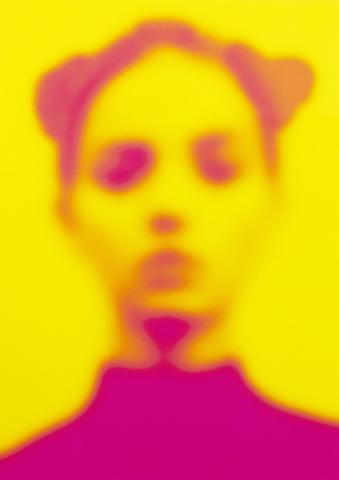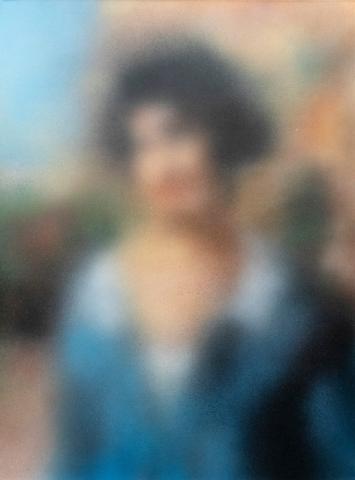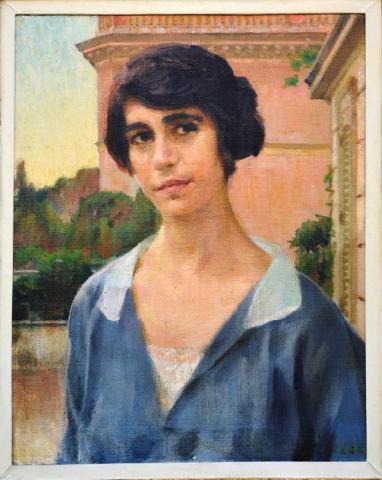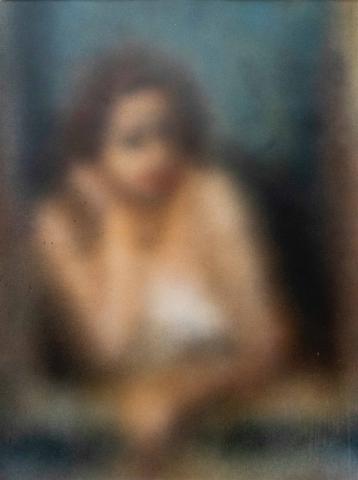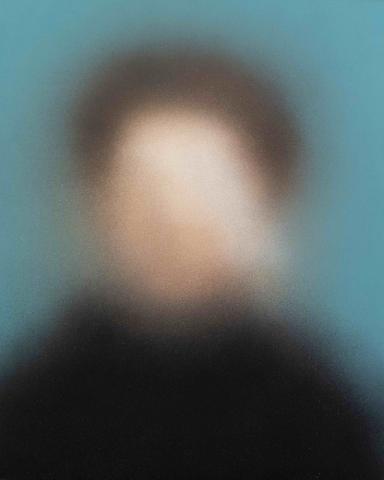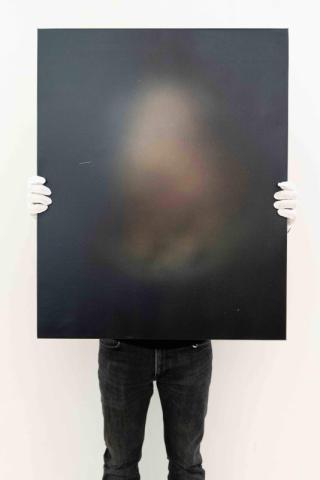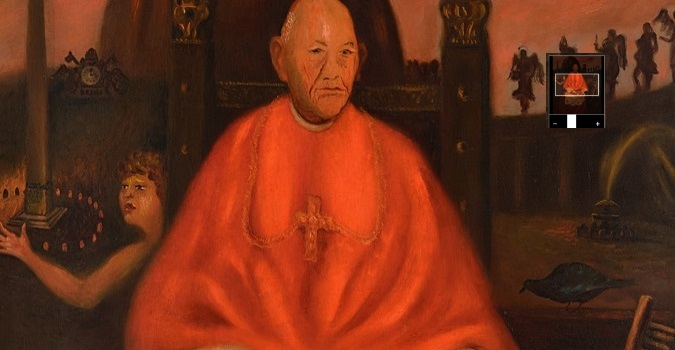Reality Optional. Miaz Brothers con i maestri del XX secolo
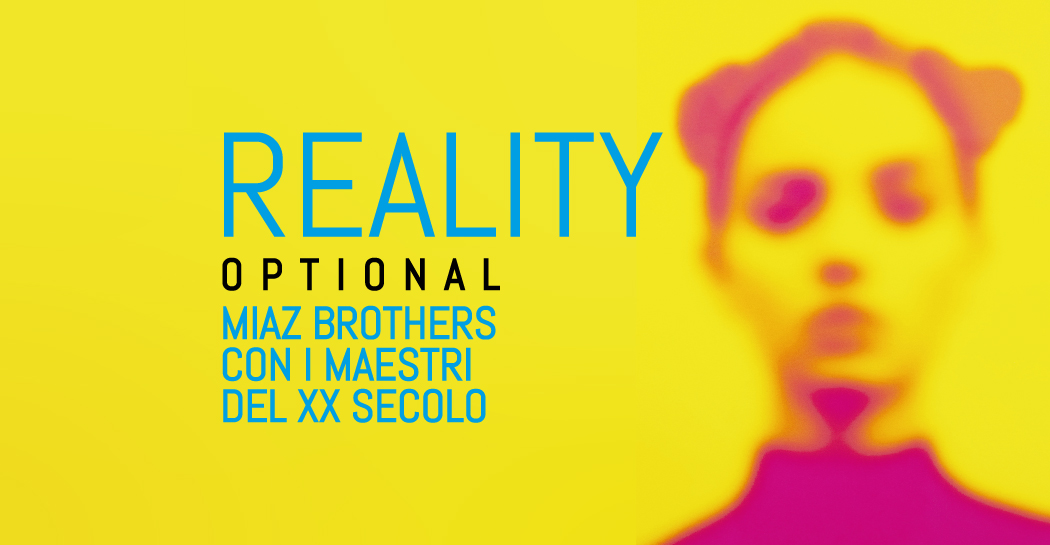
Galleria d’Arte Moderna di Roma Capitale will host original works by the two artists as they dialogue with the collection’s great masterpieces to explore the phenomena of the viewers’ perception and interpretation
The exhibition, the first in an artistic and cultural itinerary planned by Sovrintendenza Capitolina to celebrate the centennial of the founding of Galleria d’Arte Moderna (1925-2025), arises from the encounter between some of GAM’s masterpieces and the artistic language of the Miaz Brothers. In this exhibition project comprising a total of about 60 works, the viewer becomes an active element in a play of references, homages, and allusions, all centred upon the mechanisms of perceiving or not perceiving reality. The duo of artist brothers has in fact been called upon to reinterpret the great masters in the Capitoline collection (and not only), through an innovative style of portraiture in which the original subjects, recognizable in their general features, appear blurred.
For years, Roberto (1965) and Renato (1968) Miaz, known as the Miaz Brothers, have engaged with the theme of perception between reality and imagination, and the exhibition Reality: Optional. Miaz Brothers con i Maestri del XX secolo is a major point of arrival for them. During their creative process, the two artists have taken inspiration directly (or indirectly, as the case may be) from some of the museum’s masterpieces, particularly focusing their creative attention on the theme of “post-truth.” This term, widely discussed and highly debated at the moment, is to be understood as referring to information that, although false, is believed true by a significant number of people, who assess it on the basis of their own feelings and prejudices without lending credence to objective facts and data which thus lose meaning and importance. In this way, manipulation takes place through the language that the two artists transform into art on a now twenty-year path centred upon perception and upon the relationship between reality and imagination, the visible and the invisible. Their images are therefore never predetermined; there is no truth that must be revealed. Reality, then, remains open and elusive.
In the Miaz Brothers’ art, the viewers’ associations and interpretations are essential, because they contribute towards defining the work itself in a continuous exchange between the artist and the public, within an immersive journey into the realm of perception of 20th-century culture. In their turn, the artists and curators address viewers with the same force, in the desire to spur them to question their own gaze and the images that are presented to them.
This long process of transmission and exploration takes place through the exhibition itinerary’s four distinct sections.
It begins with Old Masters, in which the brothers deal directly with the masterpieces of art history, rereading them through the blurring technique which, in this case more than ever, represents the ideal filter towards something remote from them and from present events. Set in comparison/confrontation with them are some of the masterpieces in the Capitoline collection: from Giacomo Balla to Camillo Innocenti, from Auguste Rodin to Bruno Saetti and Adolf Wildt.
This is followed by the Fake Duets section, in which some of the collection’s female portraits like Ritratto di Annina Levi della Vida (1930-1940) by Giacomo Balla and Girl at the Window (1935) by Contardo Barbieri, chosen because they are considered closest to the two artists’ pictorial reality, come into contact with their manner of reproduction marked by the use of airbrush and blurred reproduction.
The subsequent third section Blurred Personalities displays a series of black-and-white portraits in which the outlines of the face have been warped, while others show portions of the face erased by white paint. In this case as well, the original paintings by the Miaz Brothers are set alongside the sources of inspiration from the museum, through the works of Renato Guttuso, Carlo Levi, Mario Sironi, Antonio Mancini, and others. This section in fact includes Antonio Mancini’s evocative and little-known early 20th-century female portrait, Figura in giardino. La Spagnola, present specially for this encounter with the Miaz Brothers’ art thanks to the collaboration of Fondazione Cassa di Risparmio di Terni e Narni.
From past masters to more recent ones. In the final section New Trends and Experiments, the play of visual inspiration is brought to a wider level: the two brothers’ works depict nude, blurred female figures seen from behind as they admire some masterpieces by major figures in contemporary art such as Warhol, Hirst, and Lichtenstein. These are mirrored by other works from the GAM collection, with such 20th-century masters as Giacomo Balla, Adolfo De Carolis, Filippo De Pisis, Ferruccio Ferrazzi, Mario Mafai, Giorgio Morandi, and Luigi Spazzapan, in their turn a source of inspiration for the same contemporary artists evoked in the Miaz Brothers’ paintings.
Special attention has been devoted to accessibility: for persons with visual disabilities, a dedicated itinerary has been designed, with relief drawings and audio descriptions, as well as Braille translations supervised by Unione Italiana dei Ciechi e degli Ipovedenti – Roman Local Section – ETS. Tactile visits led by specialized operators are also available free of charge.
Information
Dal 24 febbraio al 26 maggio 2024
dal martedì alla domenica ore 10.00 - 18.30
ultimo ingresso un'ora prima della chiusura
Consultare la pagina: Biglietti
Tel 060608 tutti i giorni 9-19
Promotori
Roma Capitale, Assessorato alla Cultura, Sovrintendenza Capitolina ai Beni Culturali
In collaborazione con
Wunderkammern
A cura di
Claudio Crescentini, Wunderkammern
Catalogo
Silvana Editoriale
Sponsor tecnico
BIG – Broker Insurance Group
Organizzazione
Zètema Progetto Cultura e Wunderkammern
Press Room
Gallery
Eventi correlati
1014670

1014494
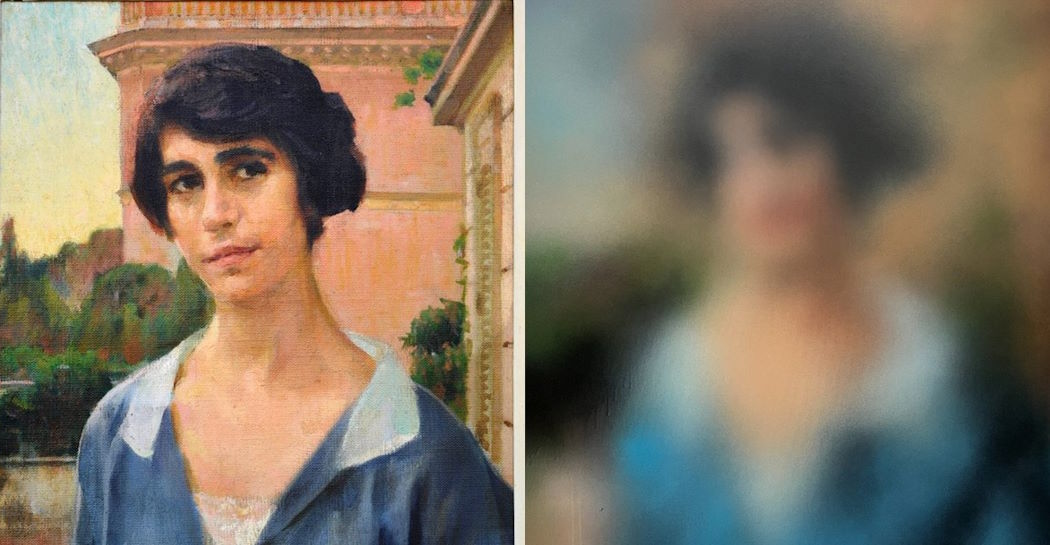
1014343
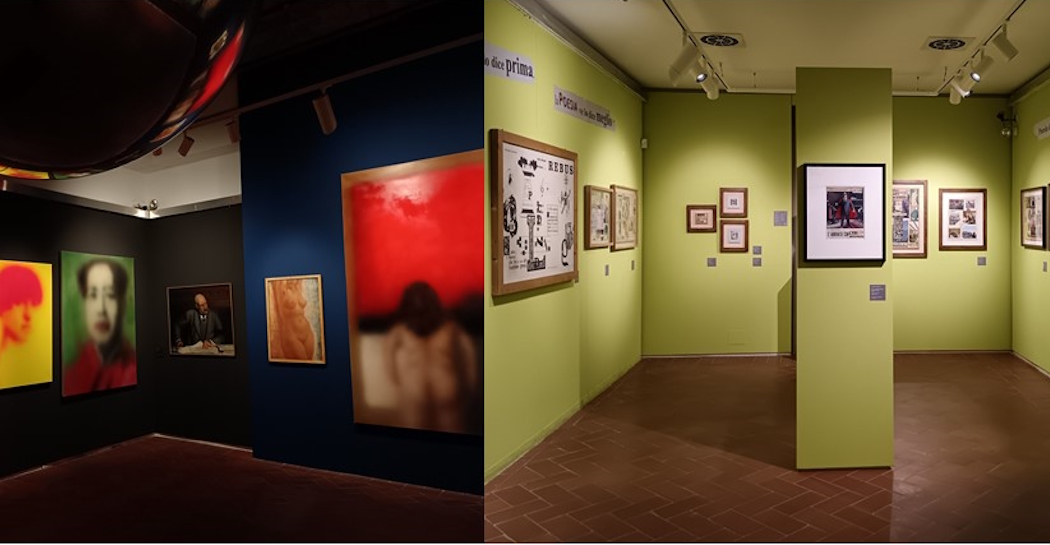
1014187

1014186

1014027
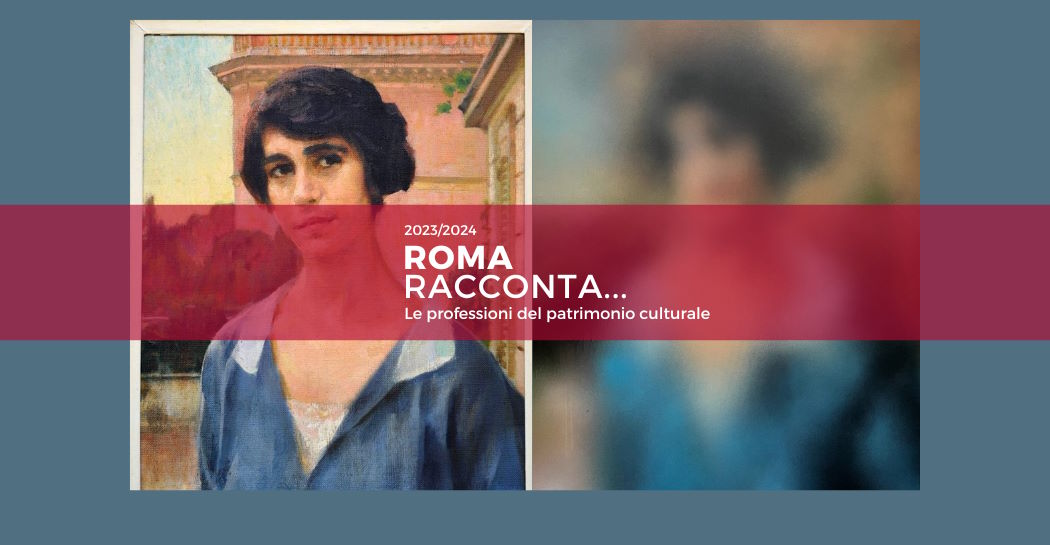
1013789
